Small Modular Reactor (SMR)
Belgian demonstration model of the first lead-cooled Small Modular Reactor
SCK CEN has been researching reactor concepts of the future for many years and, since 2022, this has also included Small Modular Reactors (SMR). Cooled by lead, they could become an indispensable link in a sustainable energy supply.
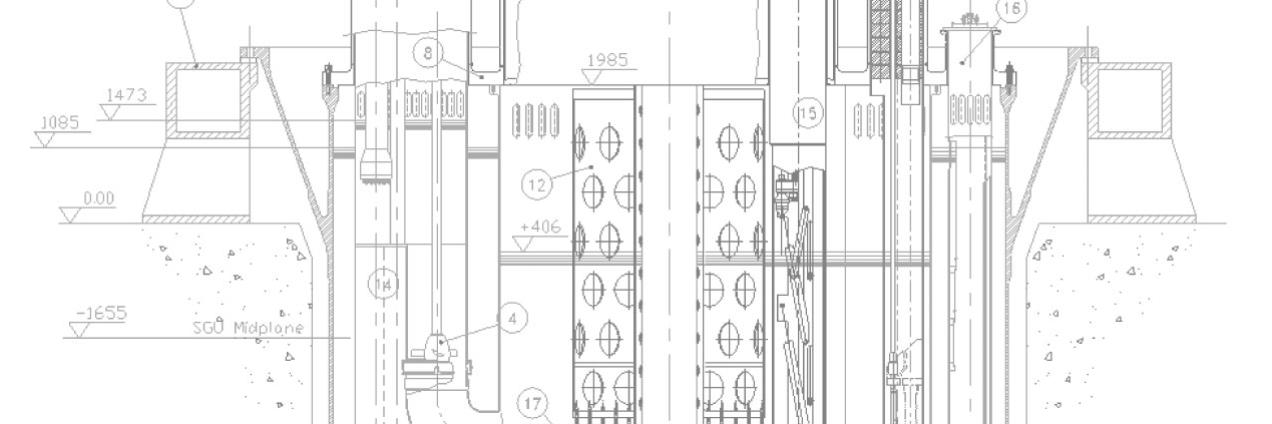
Climate-neutral energy production of the future
SCK CEN wants to play an important role in climate-neutral energy production. By 2035, SCK CEN wants to build a Belgian demonstrator of the first lead-cooled Small Modular Reactor. The aim of this demonstrator is to pave the way for the commercial roll-out of this type of innovative nuclear reactor. The demonstrator will be developed in collaboration with national and international industrial partners.
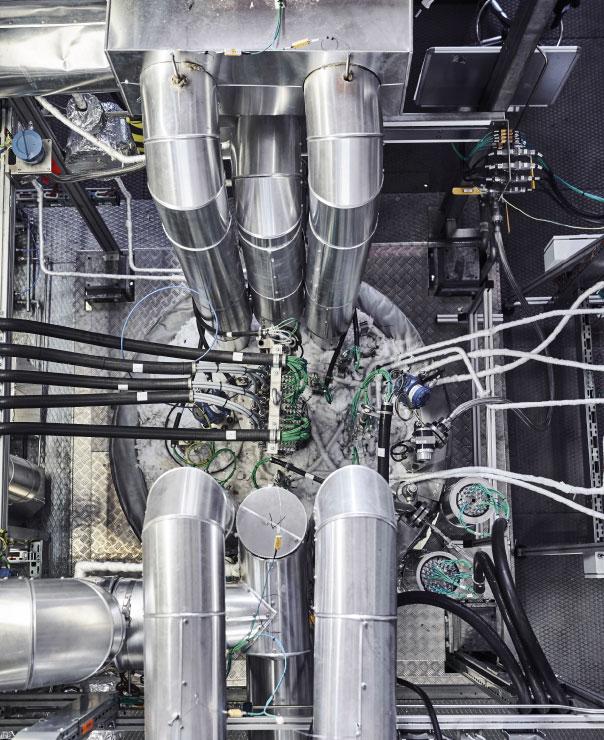
In a nutshell..
Small Modular Reactor
SMRs are super-compact reactors with limited power. In addition to electricity, we can also link hydrogen production and heat supply to these devices.
There are many SMR designs under development worldwide, but what all these compact reactors have in common is their size. SMRs are physically smaller than a conventional nuclear reactor because their power output is only a fraction of that of a conventional reactor. Whereas classic nuclear power plants such as Doel 4 or Tihange 1 have a capacity of up to 1,000 megawatts (electric), for an SMR it is only 50 to 300 megawatts (electric).
Small Modular Reactor
The name says it all. SMRs, besides being small, are also modular. Indeed, unlike traditional nuclear reactors, the components for these small reactors are mass-produced in factories and then assembled at the chosen site. You could compare it to a prefabricated house where the largest components are also built in a workshop and then assembled on your building site.
SMRs are also modular in the sense that you can use them more flexibly in energy production. In periods with sufficient electricity from wind and solar power, you can decide to disconnect some SMRs from the grid and let them produce hydrogen, for example.
Small Modular Reactor
Small and modular, but above all a reactor where energy is produced by nuclear fission. For cooling the SMR demonstrator, SCK CEN chooses a lead-cooled version instead of the traditional water-cooled reactor.
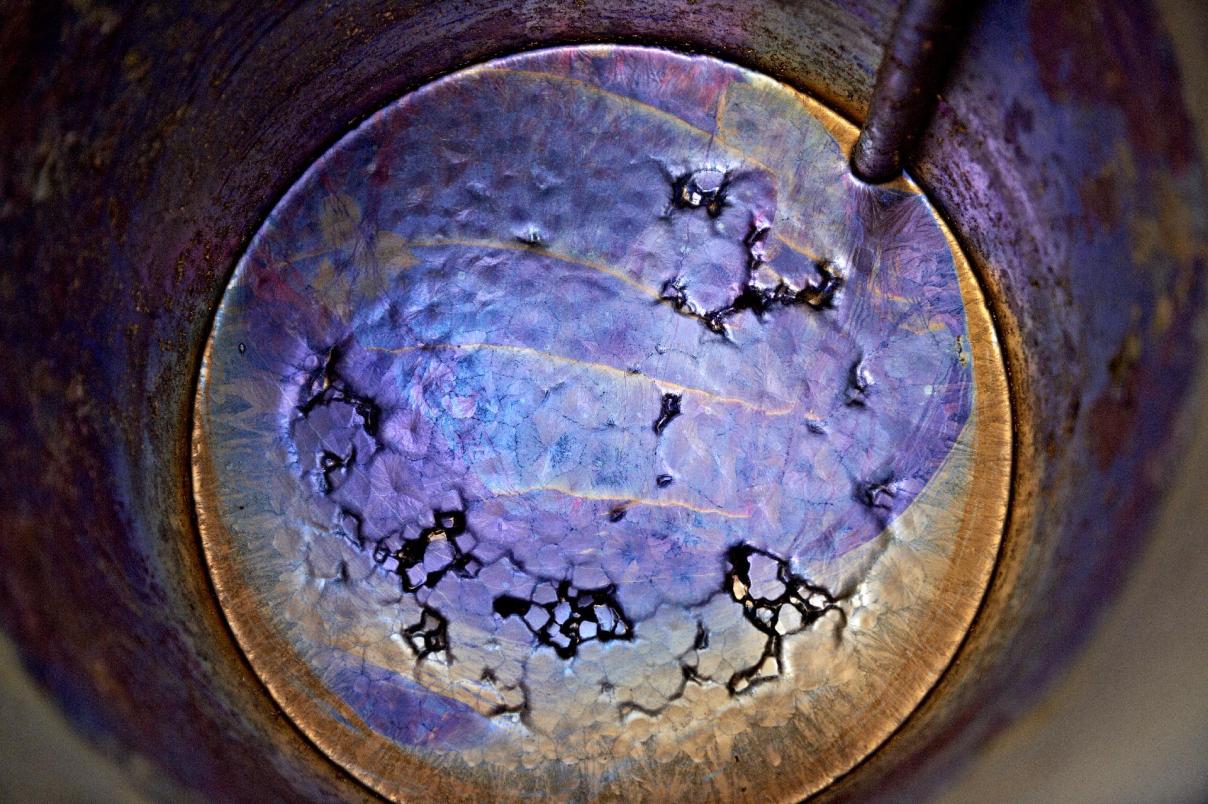
Different designs
Different coolants
The concept of small modular reactors is by no means new. There are currently more than 70 SMR designs under development worldwide, some more concrete than others. About half of these designs build on the mature technology of the current generation of "light water reactors". These are reactors, like in Doel & Tihange, that use water as a coolant. A "light water SMR" is actually a more compact version of those traditional reactors. These could be operational in the period 2030-2035. SCK CEN, however, is betting on a design for an innovative, more advanced SMR: a lead-cooled, fast reactor (Lead Fast Reactor, or LFR).
💡 Read more about LFR-SMR's and see the advantages over other, small reactors.
The benefits of an SMR
-

Cheaper
SMRs are smaller and cheaper. It requires a lower investment cost than building a traditional reactor. Whereas a large nuclear reactor involves a great deal of customisation, the design of an SMR relies heavily on standardisation. As a result, as mentioned above, they can be largely prefabricated in factories. And because they are small, we can also easily transport them thereafter. Series production and standardised parts should not only shorten SMR construction time but also make it more predictable and less expensive.
-
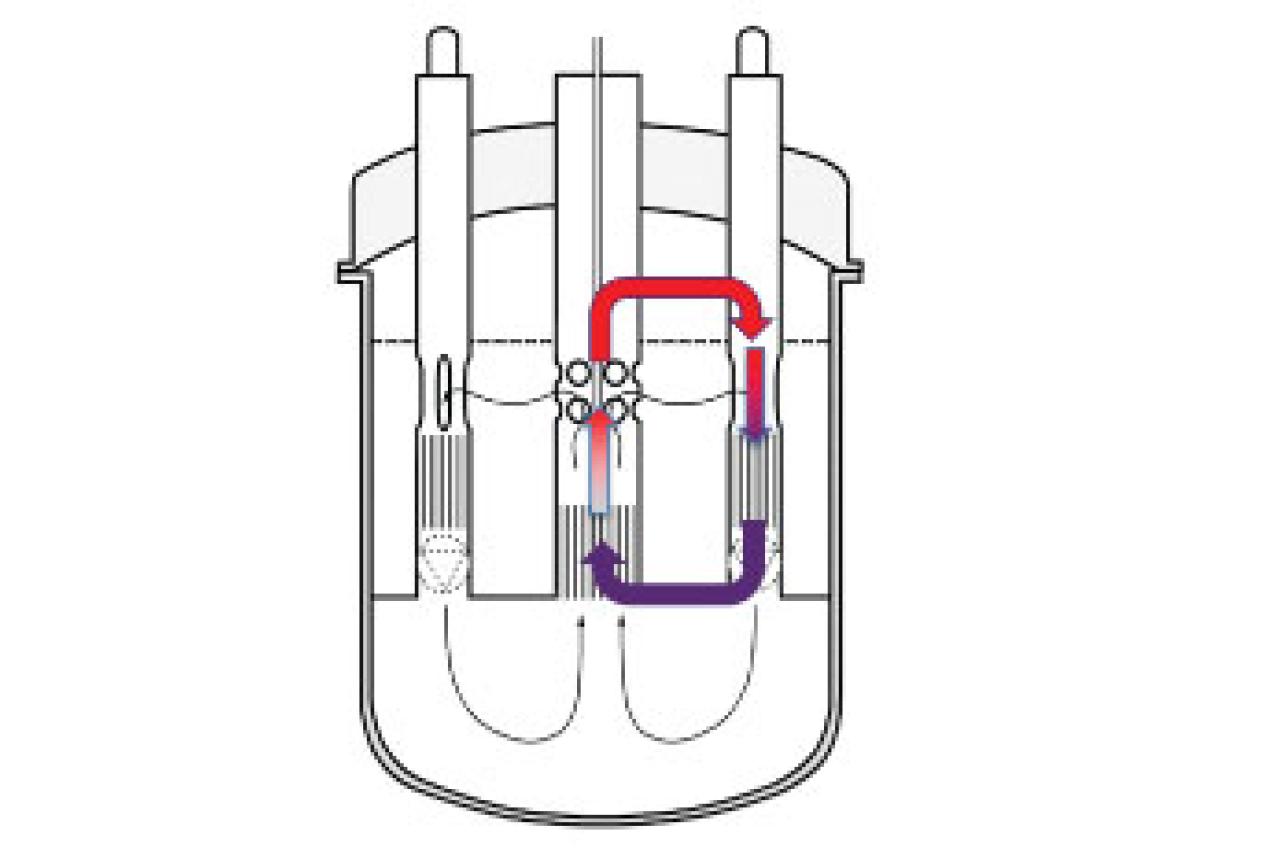
Passive safety
When we disconnect a conventional nuclear reactor or when it shuts down, electrically driven pumps are needed to ensure core cooling. If not only the power but also the emergency generators were to fail, as they did after the Fukushima tsunami, the residual heat could no longer be dissipated. SMRs are smaller and have only a fraction of the power of a traditional nuclear reactor. So they need less cooling and there is also a strong focus on passive safety systems in the designs. Such systems use the natural flow or gravity of the coolant. Thus, no electricity is needed to cool a small, modular reactor should it shut down.
-
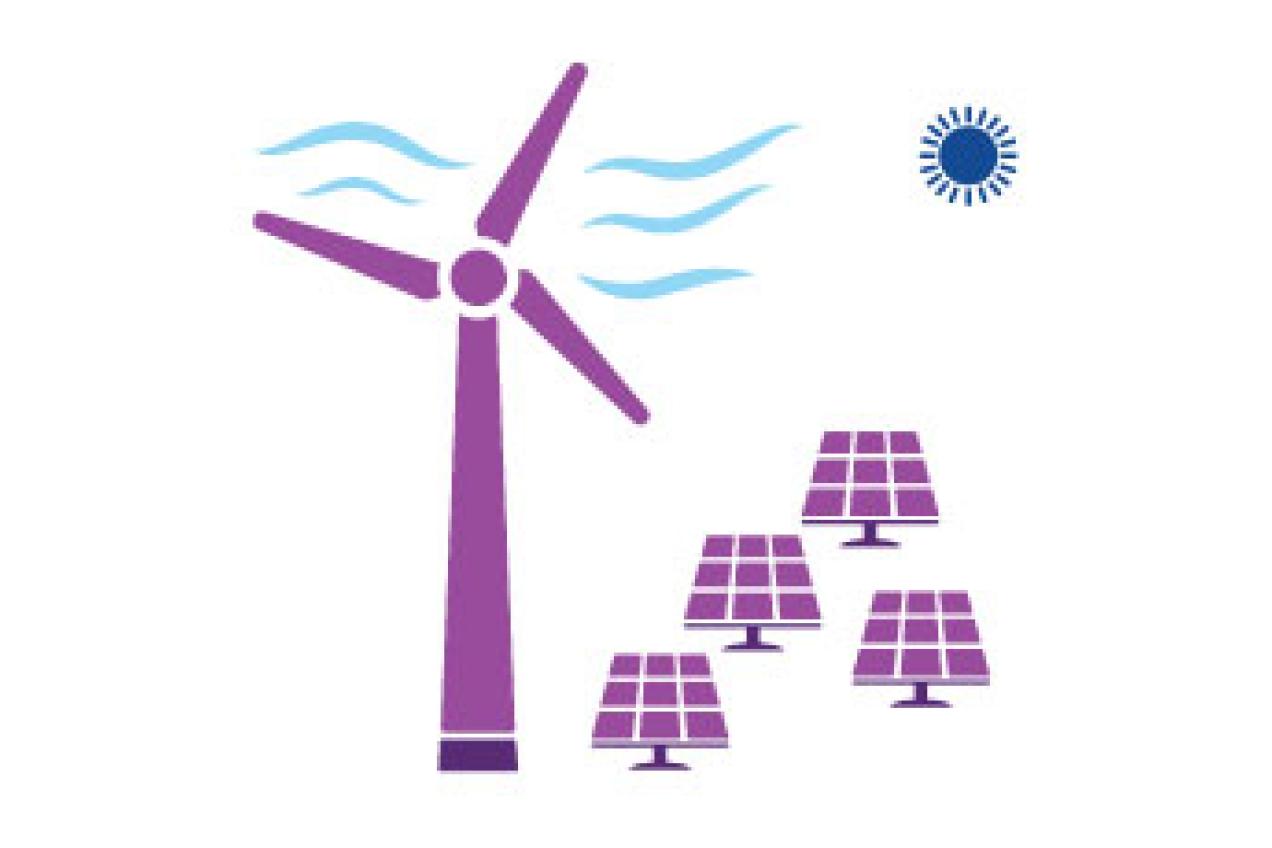
Modular/flexible
SMRs are more adaptable than traditional, large nuclear reactors. Switching classic reactors off and on quickly when the demand for electricity is higher or lower is not easy or economically interesting. With SMRs, the situation is different. These small reactors can be combined into one "large" nuclear power plant, making electricity production fully modular. This means production can be quickly increased when wind or sun are low and then decreased when the weather is more favourable for renewables. SMRs are thus the perfect complement to current, renewable energy sources.
Moreover, by connecting them to heat grids or hydrogen production, they can prove their usefulness even when the electricity demand is lower.